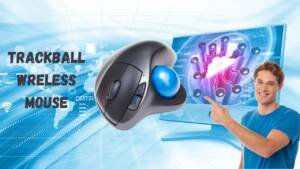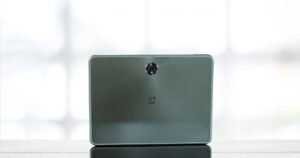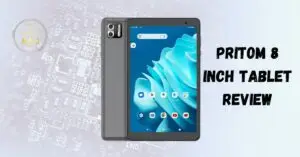Potential of UWB radar to drive digital key for security, safety, and beyond
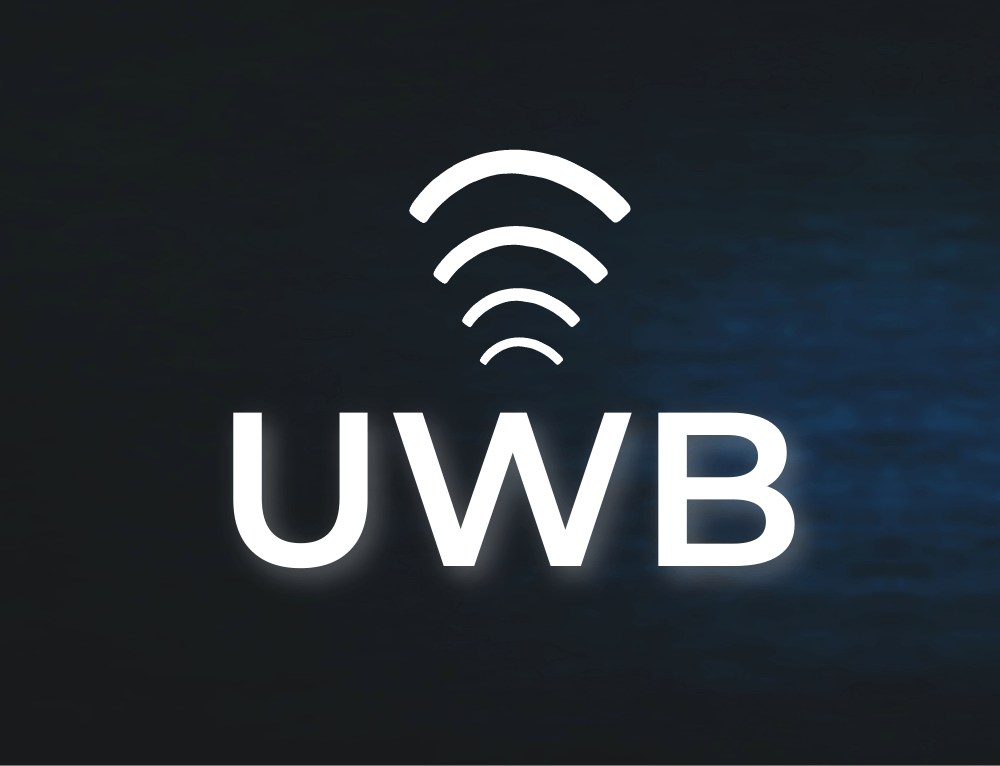
UWB
Table of Contents
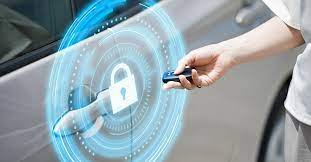
Ultra wideband (UWB) radar can be utilised in homes, offices, and automobiles as safety equipment. For example, to address the concern about infant and pet deaths that occur in unattended vehicles, in-cabin UWB solutions are sensitive enough not only to detect the presence of an infant but also to detect the breath rate of that infant, and send alerts to the caregivers in a timely fashion.
Vehicle Connectivity Consortium and the FiRa Consortium
A nonprofit group called the FiRa Consortium works to advance the use of UWB technology for applications including access control, location-based services, and device-to-device communication. The acronym FiRa, which stands for “fine range,” emphasises the precision of UWB technology while determining the distance to a target object. The consortium is certain that UWB will revolutionise connection in the smart device, smart phone, and IoT markets.
A cross-industry association called the Car Connectivity Consortium (CCC) is promoting international technology for smartphone-to-car connection solutions. A new open standard called Digital Key is being developed by CCC to enable smart devices for remote keyless entry into automobiles. With the help of their smart devices, owners will be able to lock and unlock their cars, start them, and provide friends or valets access while remaining very safe. Several parties are involved in CCC, including makers of mobile devices, tier-1 suppliers, automotive OEMs, and app developers.
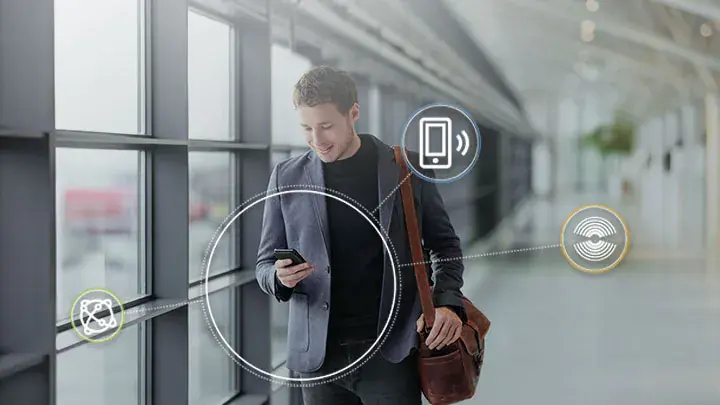
UWB: advantages and restrictions
Although though UWB technology has numerous benefits, not all applications should automatically use it. The preferred implementation technology for some applications will continue to be Bluetooth and NFC.
High directional and positional precision for object location is an advantage of UWB technology. It is extremely tolerant to interference from various ambient signals and noise sources given its operational frequency range. The system is naturally resistant to assaults since it measures time-of-flight. The technology is particularly alluring because to its high speed data transfer capabilities and energy economy when in active mode.
Because Bluetooth Low Energy (BLE) uses less power than Ultra Wide Band (UWB) for this job, it is more suitable for discovery during search and locate. UWB is given the ensuing responsibility of swift, accurate, and secured localization because to its high precision.
Concerns about the widespread use of UWB
UWB is currently far more expensive than competing technologies, and it will be some time before that price drops. As a result, it is anticipated that mainstream adoption in a variety of applications may take some time. Unauthorized tracking and surveillance of persons and assets is a real problem with such a quick, highly precise, energy-efficient, high speed data transfer technology. It is realistic to anticipate increased control of technology use as it becomes more widely used.
Ultra wideband radar deployment use cases right away
Safety
Caretakers have unintentionally left their charges inside unattended automobiles, which has resulted in child and animal fatalities throughout the years. Market Research Future (MRFR) predicts that the market for kid presence detection systems would increase at a pace of 51% CAGR and reach $3 billion by 2030. Several automakers currently use ultra wideband radar technology in the in-cabin electronics of their vehicles. Using this already present UWB technology is a creative way to identify the presence of children.
The use of ultra wideband radar technology enables the detection of an infant’s breath rate in addition to its existence. This makes it possible for a vehicle system to promptly communicate warnings to the carers. a manifestation
Security
Throughout time, the manner we protect our assets has changed. From mechanical keys to key fobs to keyless entry systems, locking mechanisms have advanced in both our houses and our cars. A vulnerability that enables unauthorised individuals to access and manage a secured asset usually becomes public sooner or later when a new technology has been widely used. Security vendors are always improving their solutions, but hackers generally find a method to compromise the improvements.
A smart device’s ability to function as a key for opening cars or even residences is known as a digital key feature. For the past ten years or so, this strategy has gained a lot of traction, and the mechanism is built on top of Bluetooth technology. However by exploiting built-in weaknesses, hackers have been able to bypass these security measures. Bluetooth relay attacks and rolling-PWN attacks are well-known security breach techniques for breaking into cars. The “PIN to Drive” option, which is advised for Tesla vehicles, is one of the additional measures that vehicle owners must take to close these vulnerabilities.
But, people don’t want to bother taking further measures. They want the technology to handle problems without having the user to take extra actions; even better, they want the system to be completely secure. UWB technology is used in this situation. The use of UWB as a digital key mechanism is generating a lot of excitement in the automotive sector because of how extremely secure and impenetrable the communications system is. Ultra wideband radar modules are already present in many different car types produced by automakers. The CCC Digital Key 3.0 release specification, which is based on UWB and Bluetooth Low Energy (BLE) communication, is standardising the digital key.
The next generation of extremely secure digital keys for automobile keyless entry systems may be swiftly designed and customised thanks to UWB IP that is Digital Key 3.0 compatible. A Digital Key 3.0 compatible UWB IP for mobile, automotive, consumer, and IoT applications is the UWB IP platform from CEVA.
Upcoming future use cases
Industry observers are upbeat about the expansion of the UWB market in a variety of sectors. Future use cases and applications for UWB technology are anticipated to be many because to its high precision, unbreakable security, and low power requirements. Ultra wideband radar, for instance, may be used for gesture recognition to detect motions like a leg under a car’s trunk and automatically open the trunk. UWB radar can be used in smart homes to beam sound and regulate lighting in residences, offices, and other facilities.
Each new use case will have distinct design needs in terms of performance, power, size, etc., as well as special functionality requirements. To maintain compatibility and compliance in a variety of operating settings, goods also need to take growing standards into account and be modified accordingly. To fulfil the demands of upcoming breakthroughs that make use of UWB’s capabilities, as well as to decrease entry barriers and shorten time to market for semiconductor and IoT firms wanting to create UWB-enabled devices, a flexible platform is essential.

